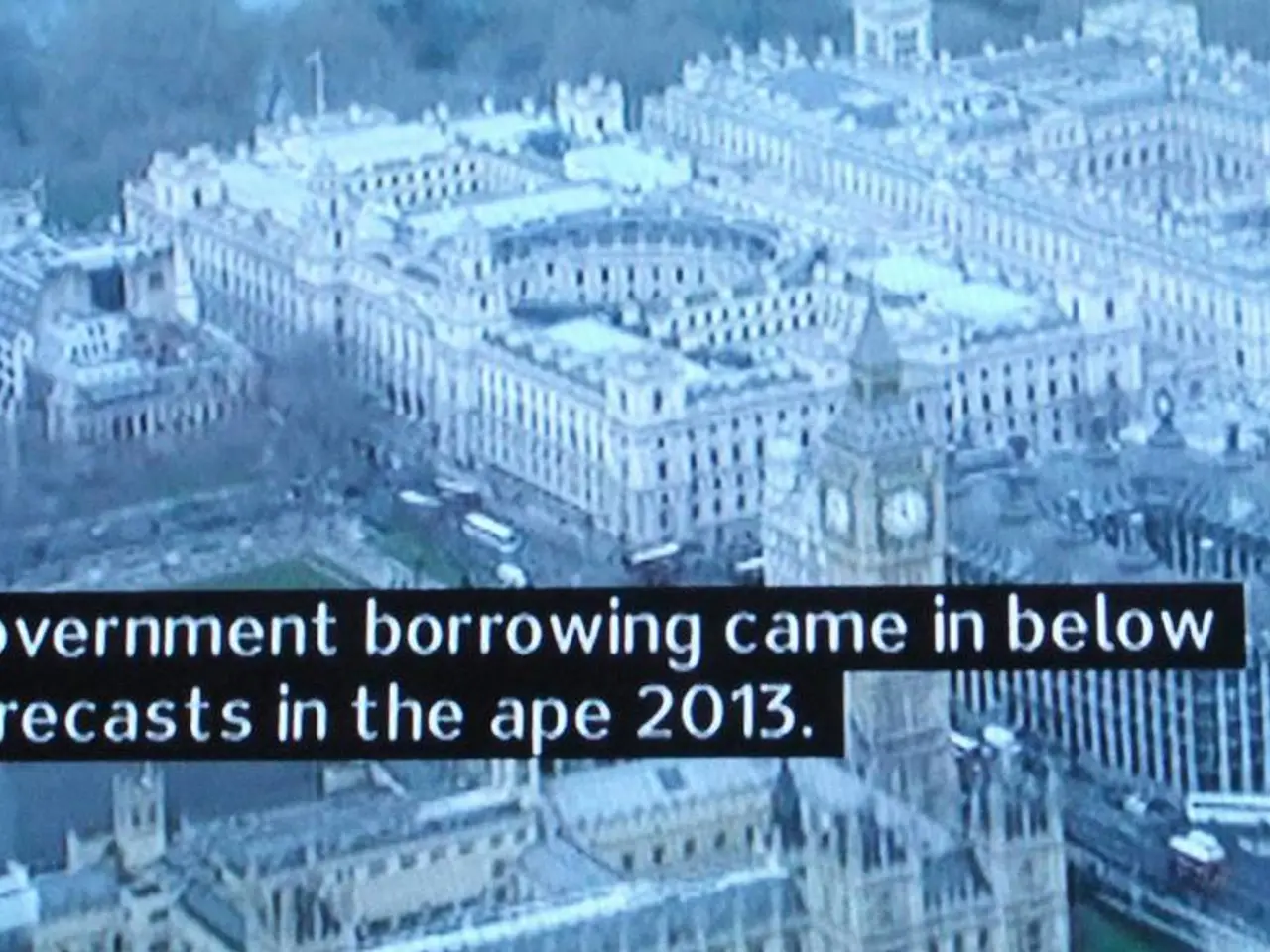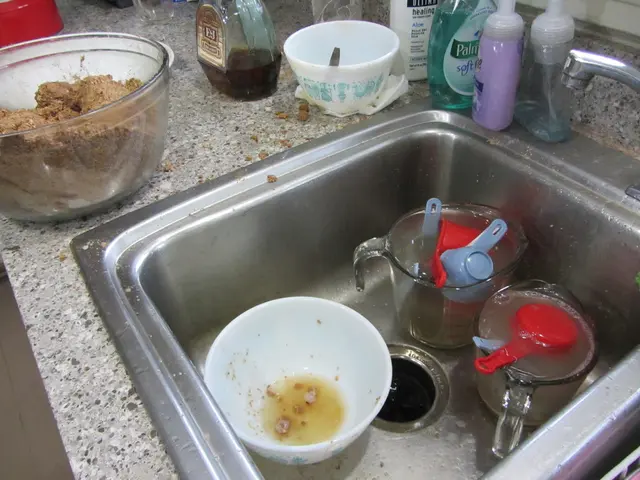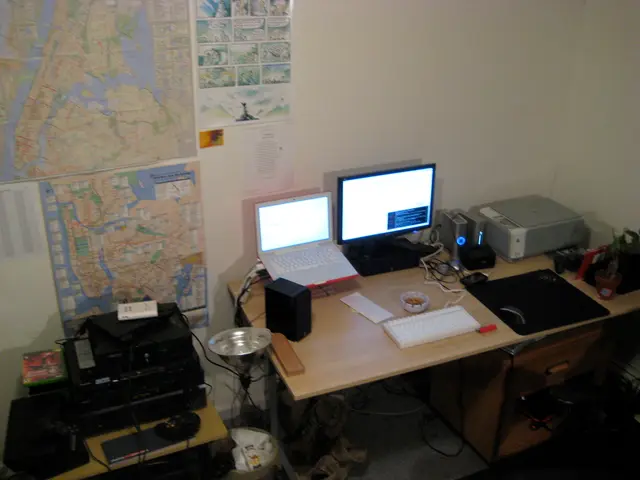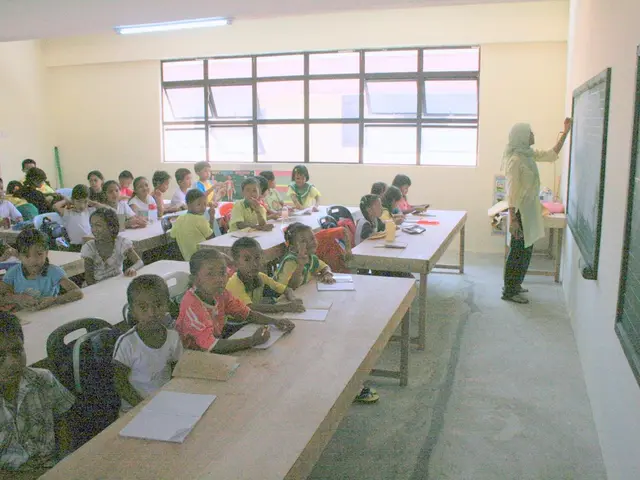Kazakhstan's Nuclear Past Haunts Region, Activists Push for Reparations
The legacy of the USSR's nuclear experiments in Kazakhstan continues to haunt the region. The 'Young Peacebuilders of Kazakhstan' now advocate for nuclear burden solidarity and abolition, highlighting the enduring impact of the quarter of the world's nuclear explosions conducted there between 1949 and 1989. Kazakhstan, now independent, champions nuclear disarmament, while survivors seek reparations.
Scholars term this practice 'nuclear colonisation', where powerful states test and maintain nuclear weapons on marginalised populations' lands and bodies. The Semipalatinsk test site in northeast Kazakhstan is a stark example, with around 1.5 million people exposed to harmful radiation. Locals organised the Nevada-Semipalatinsk anti-nuclear movement, staging peaceful protests that ultimately led to the end of tests at the site in 1991. Today, art like Karipbek Kuyukov's paintings helps resist this colonial legacy and reimagine Kazakhstan's radioactive past.
Kazakhstan's nuclear past has left a lasting impact on its people and environment. While the country now advocates for nuclear disarmament, survivors continue to seek justice. Art and activism play a crucial role in remembering, resisting, and reimagining this painful history.
Read also:
- Factors Contributing to Dementia and Strategies to Mitigate Them
- Exposure to Asbestos in the 9/11 Aftermath: 4 Methods to Validate Your Exposure
- Health enhancement for millions of Apple Watch users now unmissable, as stated by Apple
- Tips for Advanced Professionals: Enhancing Your Skills Through Professional Development







